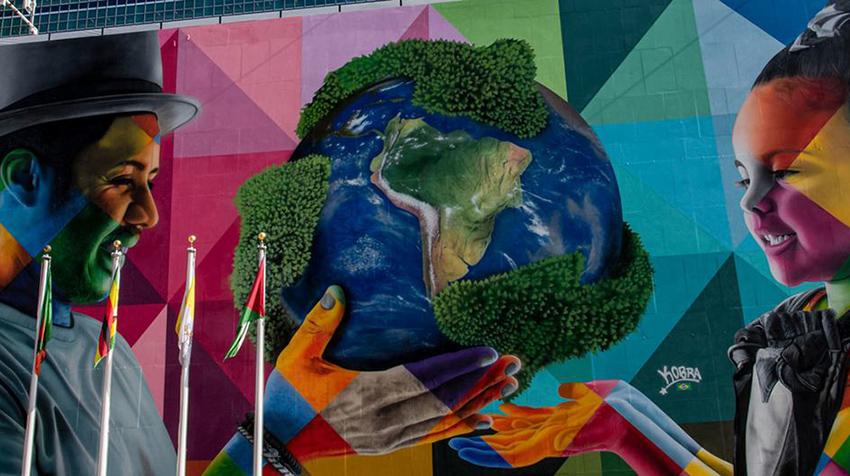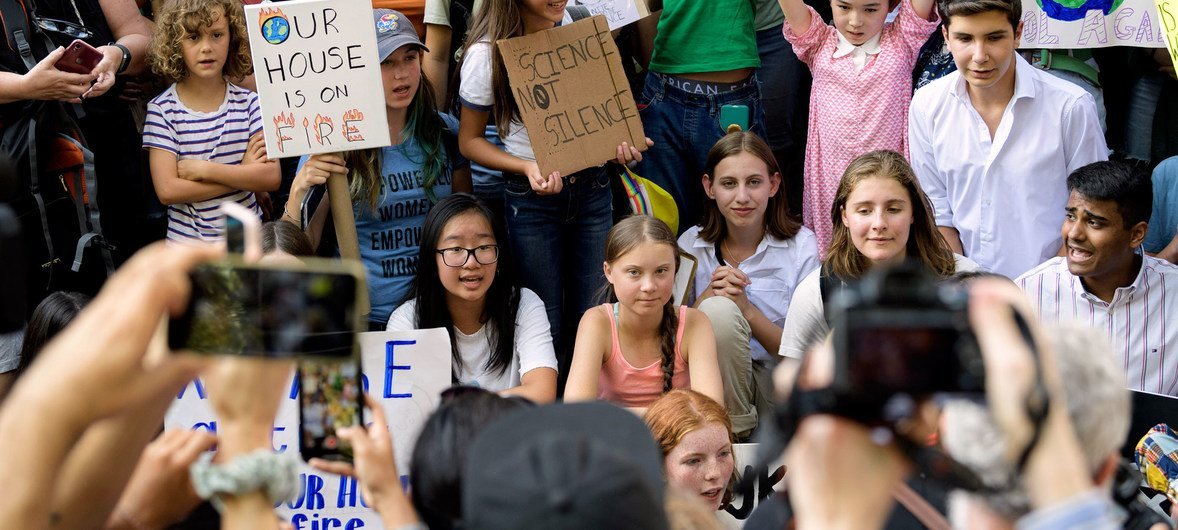As global challenges intensify, the world faces a pivotal question: Is there a better way to govern our future? With this in mind, the United Nations is hosting a landmark event this September that promises to reshape international cooperation.
The Summit of the Future, held at the UN Headquarters, is being hailed as a once-in-a-generation opportunity for countries to unite and create a more equitable, sustainable world.
1. What Is the Summit of the Future?
In 2020, as the UN marked its 75th anniversary, it sparked a global conversation centered on humanity’s hopes and fears for the future. This dialogue set the stage for what would eventually become the Summit of the Future, convening at the UN Headquarters in New York this September, just ahead of the annual General Assembly debate.

The Summit was conceived during the height of the COVID-19 pandemic. Rather than seeing the world come together to combat a shared threat, the UN observed nations drifting apart, exposing deep flaws in global cooperation.
“We were really confronted with the gap between the aspirations of our founders, which we were trying to celebrate at the 75th anniversary, and the reality of the world as it is today,” explains Michele Griffin, the Policy Director of the Summit.
“The problems that we faced, the threats, but also the opportunities and the imperfections in how we respond.”
In response to this challenge, UN Member States tasked Secretary-General António Guterres with developing a vision for renewed global cooperation. His answer came in the form of the “Our Common Agenda” report, a comprehensive blueprint proposing how nations can better work together to address the world’s most pressing risks and challenges. The upcoming Summit is set to finalize this vision.
The Summit will revolve around five key tracks: sustainable development and financing, peace and security, a digital future for all, youth and future generations, and global governance. Additional topics like human rights, gender equality, and climate change will also play a pivotal role.
One of the immediate outcomes will be the finalization of a Pact for the Future, which includes the adoption of a Global Digital Compact and a Declaration for Future Generations.
2. Why Does the Summit Matter?
While the UN has addressed many of these themes in past initiatives, such as the Paris Agreement on climate and the Sustainable Development Goals (SDGs), there’s a growing perception that the organization’s current structures—many of which were established decades ago—are no longer effective.
The Summit of the Future presents an unprecedented opportunity to reinvigorate these global promises, prepare for future challenges, and restore trust in international cooperation.
“The most important ingredient in international cooperation is trust,” says Michele Griffin. “Trust in each other. A sense of our shared humanity, our interconnectedness. And the summit is designed to remind all of us, not just governments and not just people who will be at the UN in New York in September, but everyone, that we have to work together to solve our biggest shared problems.”
3. Who Are the Key Players?
The Summit will be preceded by two Action Days at UN Headquarters, where representatives from civil society, the private sector, academia, local and regional authorities, and youth will engage in discussions on the main themes of the event.
“You look at the UN and you think governments are the key players,” says Griffin. “And that’s true. They’re the ones sitting around the table, but they do so on behalf of their people.”
“Civil society actors, young people have been involved throughout and will be at the summit”, explains Ms. Griffin.
“Private sector will be here in recognition of the massive role they have in shaping people’s lives and opportunities today. This summit is for and by everyone, and everyone should see themselves reflected in it”.
4. What Happens Next?

As the Summit concludes, it will mark the beginning of a long-term process, not an end. Michele Griffin makes it clear: “Most of the seeds that we plant at this summit will take some time to grow and flourish,” she says, “and all of us have to be involved in holding governments responsible for living up to their commitments on the international stage.”
In the months following the Summit, attention will turn to implementing the commitments. For instance, in November, COP29 will take place in Azerbaijan, focusing on climate financing. The UN Conference on Landlocked Developing Countries will also be held in Botswana in December to explore sustainable development solutions.
Meanwhile, Spain will host the International Conference on Financing for Development in June, with discussions to reform international financial systems like the World Bank and IMF.
5. How Can You Get Involved?
The UN’s Act Now campaign encourages people everywhere to advocate for a better, more peaceful, and sustainable future. The initiative seeks to inspire individuals to volunteer, engage in local decision-making, and adopt environmentally responsible habits.
In the lead-up to the Summit, the UN Youth Office has launched #YouthLead, a movement to ensure global policymaking is more inclusive and representative of the communities world leaders serve.



